No half-measures in a vintage era for British wine
Clive Vickers patted the side of a 10,300 litre stainless steel tank. It is one of 300, of different sizes, that he uses to make award-winning wines for 104 vineyard owners in England and Wales.
Halfpenny Green Wine Estate, his business, is riding the wave of interest in domestic wine production. WineGB, the industry body, said this month that 4,209 hectares of land were being used to grow vines, more than double the figure ten years ago. There are now 1,030 vineyards, up 9.2 per cent in a year, and they produced 21.6 million bottles of wine, a sparkling 77 per cent increase on 2022.
“There is tremendous excitement,” Vickers said on a tour of his 30,000 sq ft winery near the village of Bobbington in south Staffordshire. “The new in-place is the Crouch Valley, in Essex. There is some serious planting going on there, pinot noirs and chardonnays. But someone has also just put in a fairly big vineyard in Inverness. [There’s] another just outside Edinburgh. We also make wines for a vineyard in the Lake District and we have eight in Yorkshire and sixteen across Wales.”
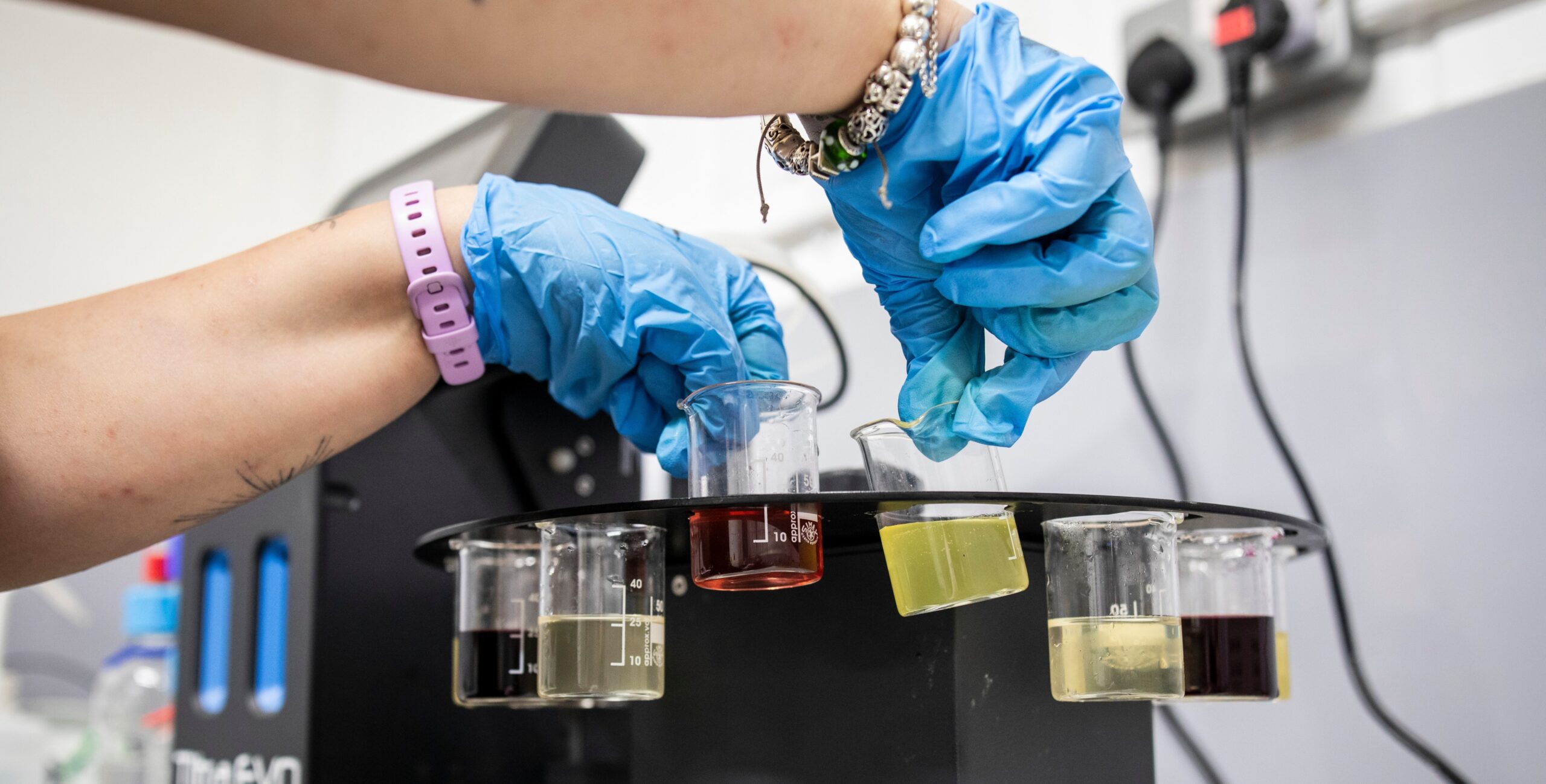
Vickers’ business boasts turnover of £4 million and is expanding at a heady rate. Since the 2023 harvest, where it processed 700 tonnes of grapes, he has spent £200,000 on new buildings and £450,000 on kit, including filtration tanks and pressing equipment, to be ready for this year’s edition, which may take it to 1,000 tonnes. About 900 bottles of wine are made from each tonne of grapes.
Vickers, 57, will produce about 250,000 bottles of Halfpenny Green, his own brand, pronounced Ha’penny. The rest will be for customers ranging from Dunesforde in East Yorkshire and Carden Park in Cheshire to Vale Vineyard near Denbigh in north Wales. “We make between 250 and 300 wines a year, with probably 40 grape varieties, blending, filtering, tasting, analysing, bottling.”
Halfpenny Estate isn’t the biggest vineyard and winery in the country. The likes of Nyetimber, the West Sussex-based sparkling wine specialist with its eleven vineyards in three counties, processes more grapes each harvest. But Halfpenny produces the largest number of different wines. As such, it is a vital cog in the fast-turning domestic wine industry.
Vickers runs the business with his wife Lisa, 54, who leads the restaurant and hospitality team, and father Martin, 81, whose idea it was to experiment with 400 vines on their family’s mixed arable and dairy farm in 1983. He still works full time, looking after their vineyard and advising others on suitable sites on their land. The company employs 75 people and supports dozens more jobs at small craft businesses that rent buildings on the estate. In addition to fishing, there is a zoo and a wild bird show with parrots and vultures. Together, these activities attract 250,000 visitors to the estate annually.
After many years of trying to convince consumers to try domestic wine, Vickers can see the opportunity in front of him. The business could double in size over the next five years, signing up as many as 250 vineyards.
The question is: does it want to do it? “That’s the conversation we are having as a family,” Vickers said. After more than 25 years of the team running flat out, they are starting to feel it. “Can’t we start slowing down?” Lisa asked.
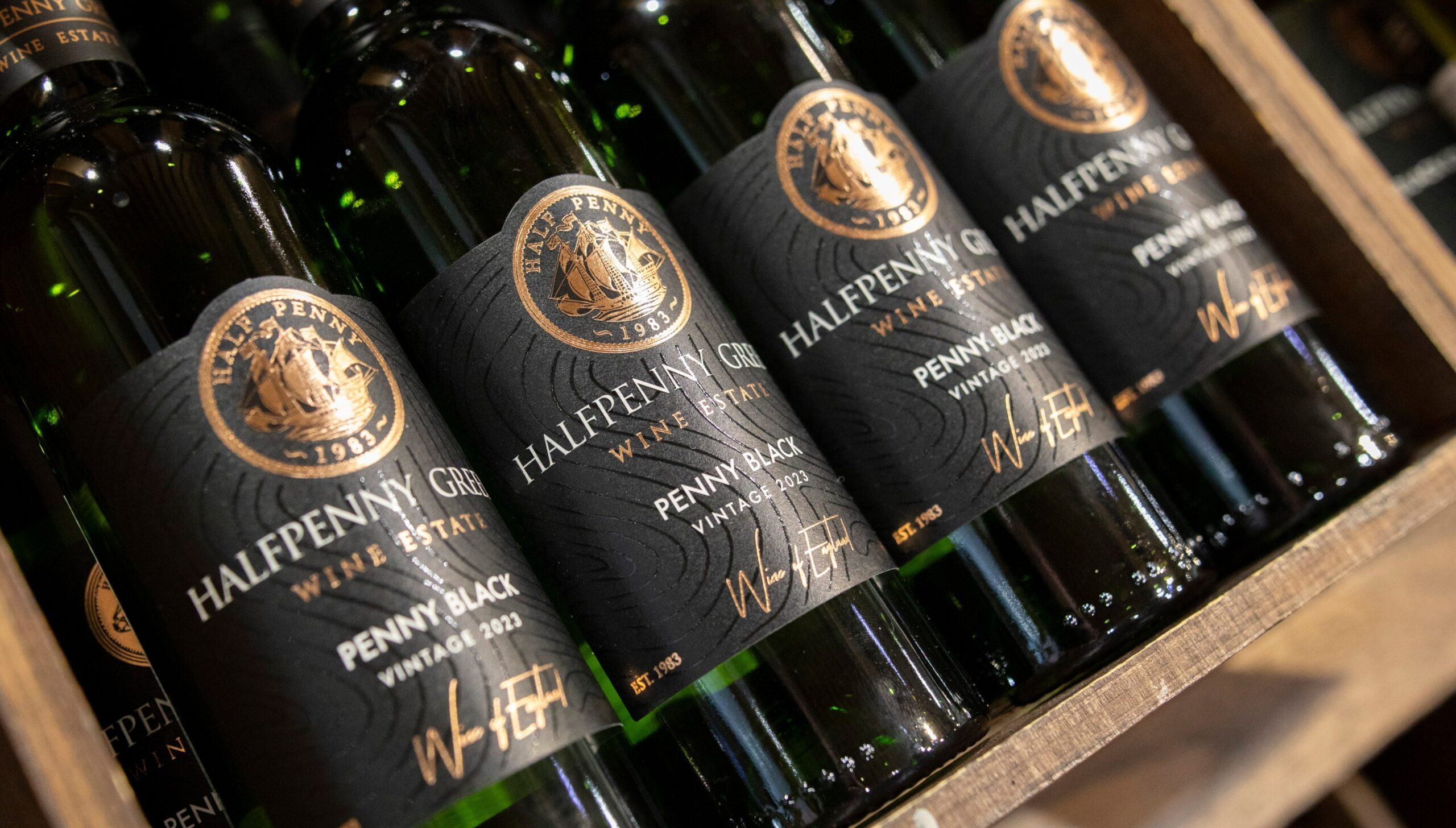
Vickers acknowledged that family holidays, when they happened, were interrupted by work. “For each one [of their contract customers], I have to receive their grapes, talk to them all year around and my dad has to visit them. We get their grapes in and process them and every single one of those has to have two full tastings to analyse their range and decide when it will be bottled. If you put in three meetings each, that is the year gone for me and my head winemaker, completely tied up.”
It’s a tough call. No one likes to turn away profitable work. Halfpenny Green is a respected brand. Its awards include a silver medal for its 2020 Chardonnay in the Decanter Wine awards. If you buy a Porsche at the dealership in Wolverhampton, you’ll find a bottle of its fizz on the back seat.
The family’s roots are in farming. “We were a mixed farm back in the day, arable and dairy, from my great grandfather’s time,” Vickers said. “He acquired the farm we are on now in the 1930s. In the 1980s my father was quite excited by winemaking and we planted, for fun, 400 vines just to see how they would do. I was 16 and dug the 400 holes and he put the vines in behind me. I thought he was mad. I just wanted to drive big tractors, plough fields and do potatoes and sugar beet. It was his idea. A great idea.”
In 1986 they took their first harvest of grapes to friends running the Three Choirs winery in Gloucestershire. “They made us about 100 bottles, which all those who had helped consumed in a weekend.” It tasted good enough to encourage them to plant more vines and by 1990 they had 20 acres. A small winery followed in 1994, using second-hand equipment and employing the winemaker from Three Choirs as a consultant.
The family sold their wine at farmers’ markets, as well as through their café and event catering. They even landed an early contract with Waitrose. “That was quite a coup. But the labels were terrible and no one really wanted to drink English wine. It was difficult.”
In 2005, they planted a grape variety called Rondo, expanding the vineyard to 30 acres: “It turned out to be fantastic for red wine.” A larger production facility followed, employing three people. “We were up to 60,000 to 70,000 bottles a year and we were selling them.”
Other vineyards started calling about making their wine. “We suddenly realised it was an area that was dropping in our lap. We kept putting in a bit more kit, a couple more staff.” A 3,000 sq ft production facility in 2005 has turned into today’s 30,000 sq ft site. To supply more grapes for the Halfpenny Green brand, Vickers struck deals with growers in Herefordshire, Worcestershire and Shropshire. “Halfpenny Green is now 100 acres, producing 250,000 to 350,000 bottles of wine a year, depending on the weather.”
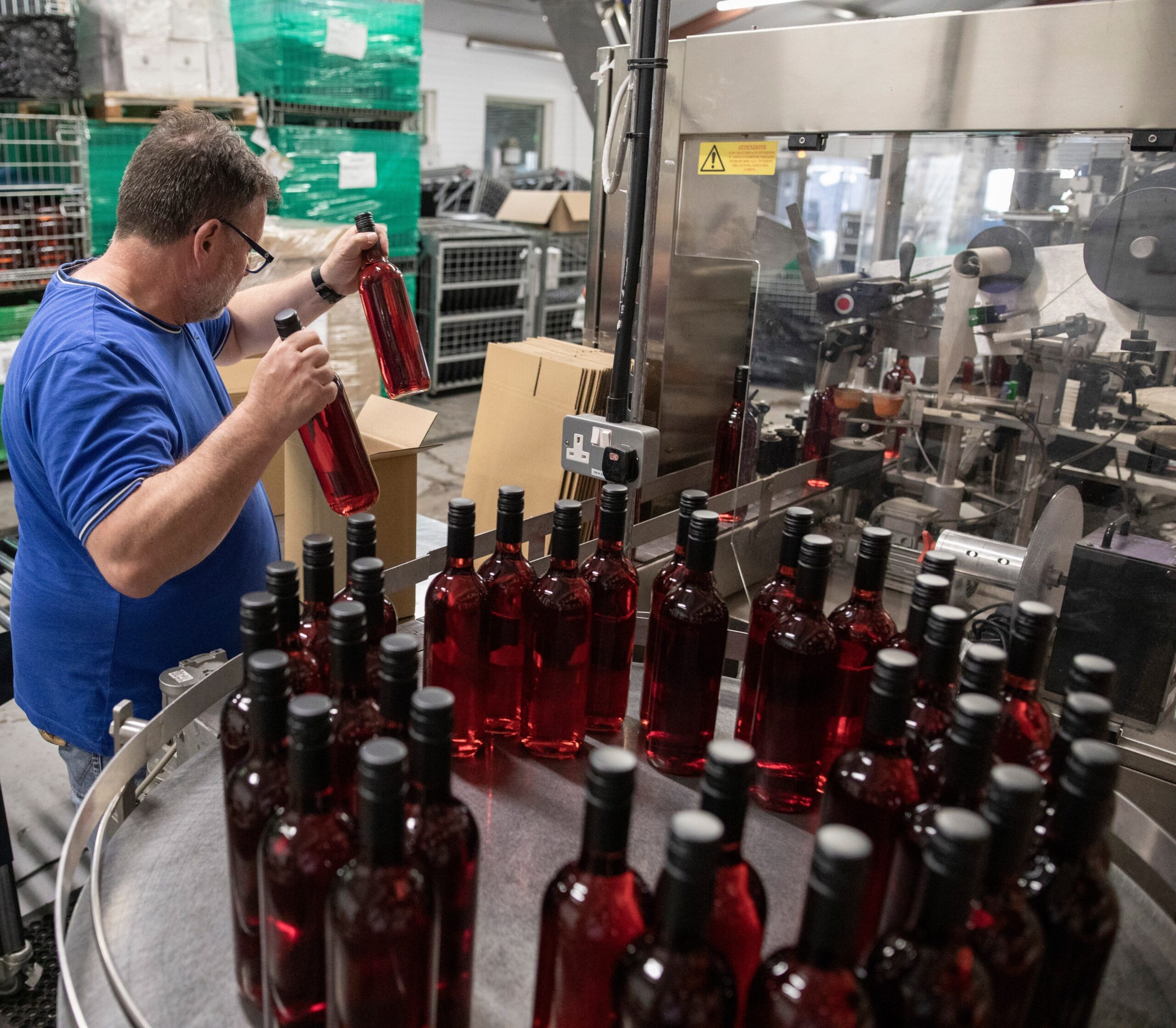
Contract manufacturing brings many benefits. Vickers and his team of winemakers have become experts from working with so many different grape varieties, soil types and growers. The cashflow supports investment and the Halfpenny Green brand benefits from the economies of scale. “I can make my own wines cheaper than if I wasn’t doing any contract wine making. It also means I don’t need to rush my wines and sell them before they are ready.”
One answer over the conundrum over what to do next may come from their daughters, Imogen, 21, and Emily, 19. Both have worked in the business, with the former now starting her fourth year at Harper Adams University, in Newport, Shropshire, frequently rated by employers as the world’s best university for agriculture and forestry. The younger sister starts her first year at Harper in September.
“At the moment they are very keen to end up back here. If our daughters want to take it forward, they can. We are at that point where we need to slow it down a little bit and take stock.”
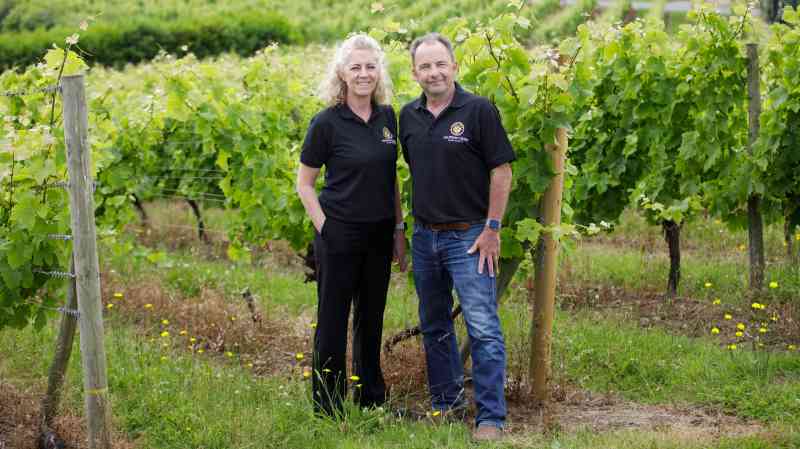

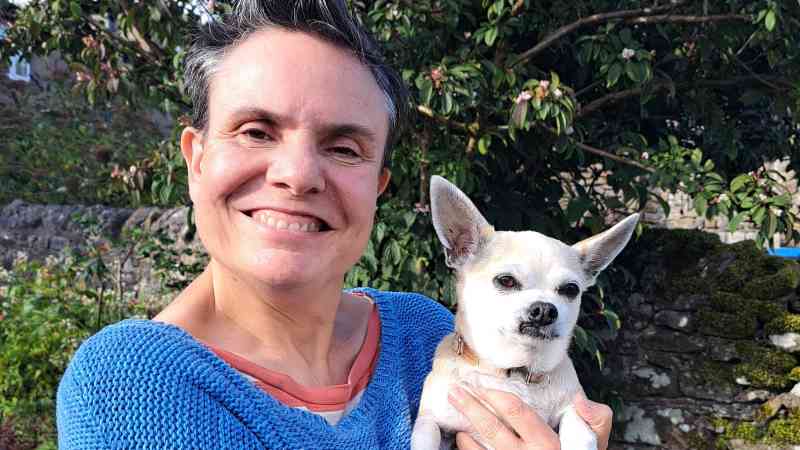

Post Comment